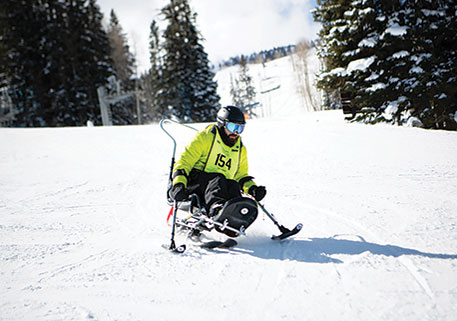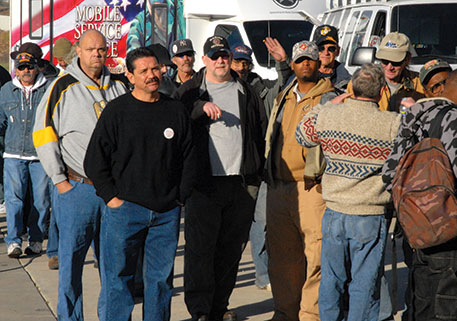Serving in the military has been compared to being a part of a large family, but when a service member leaves the military it can come with countless unknowns, a lot of stress and questions on where to turn for guidance.
Researchers from the Naval Postgraduate School recently released a study on time-varying risk factors for suicide among current service members and veterans. The study analyzed nearly 3.8 million current and former service members from 2001 to 2011 and a total of 4,492 suicides. Researchers found that veterans out of the service for up to three months were 2.5 times more likely to take their own life than active duty service members. The suicide rate nearly tripled among veterans who had been out of the military between three to 12 months.
“The advantage of our study was that this is the most comprehensive analysis of potential predictors of suicide among current and former service members,” said lead study author Yu-Chu Shen. “We found that stressful events are associated with heightened risks of suicide.”
A network of support by fellow veterans and assistance with employment and benefits can help veterans in their most challenging times.
“I do think community and organizational efforts by DAV to reach out to the veterans can help ease the transitions,” said Shen.
“As veterans ourselves, we know what the transition is like and the obstacles it can create,” said DAV National Membership Director Doug Wells. “Often times, when leaving the military the questions come quicker than the answers and that creates a lot of unknowns which translates into stress.”
Wells added that for veterans, these unknowns represent a stark contrast from what they experienced while serving in the military, and it’s up to other veterans to reach out to these service members during this critical time of need.
“Through DAV membership and our free services, we have the ability to return some of their structure and purpose. It’s information like this study provides that elevates the importance of our staff and members actively engaging newly discharged veterans. It could be the difference between life and death.”
One of the motivations behind the study was that, according to Shen, the Naval Postgraduate School was surprised by two previously released studies that drew no connection between deployments and suicides.
“It turned out that it was because they did not differentiate between time during deployment and time after deployment,” said Shen. “So one of the findings we like to highlight is that we showed that deployment does matter as an important predictor of suicide.”
When compared with service members who were never deployed, the study found those who were currently deployed had a 50 percent lower risk of suicide. However, in the first quarter following a deployment service members had a 50 percent higher risk of suicide than their peers who didn’t experience a deployment.
The study didn’t examine why the suicide risk was lower during deployment than afterwards. But Shen noted it’s possible service members benefited from the positive psychological impact of belonging to a group with a shared mission during deployment, then had more time to contemplate any negative feelings about their experiences when they were no longer on the mission.
“As veterans and DAV members we understand the importance of belonging to a group and sharing a mission,” said DAV National Adjutant Marc Burgess. “When veterans come home from deployment or exit the military that bond and purpose can sometimes become elusive and make a tough situation worse. This is why it’s our goal to contact and engage each and every veteran we can — as quickly as we can.”
“If there is even a remote chance that getting a veteran involved with DAV upon their departure from the military could save their life — it’s our job to find and help them,” added Burgess.
If you are interested in learning more about DAV membership and programs or know a veteran please visit dav.org.





